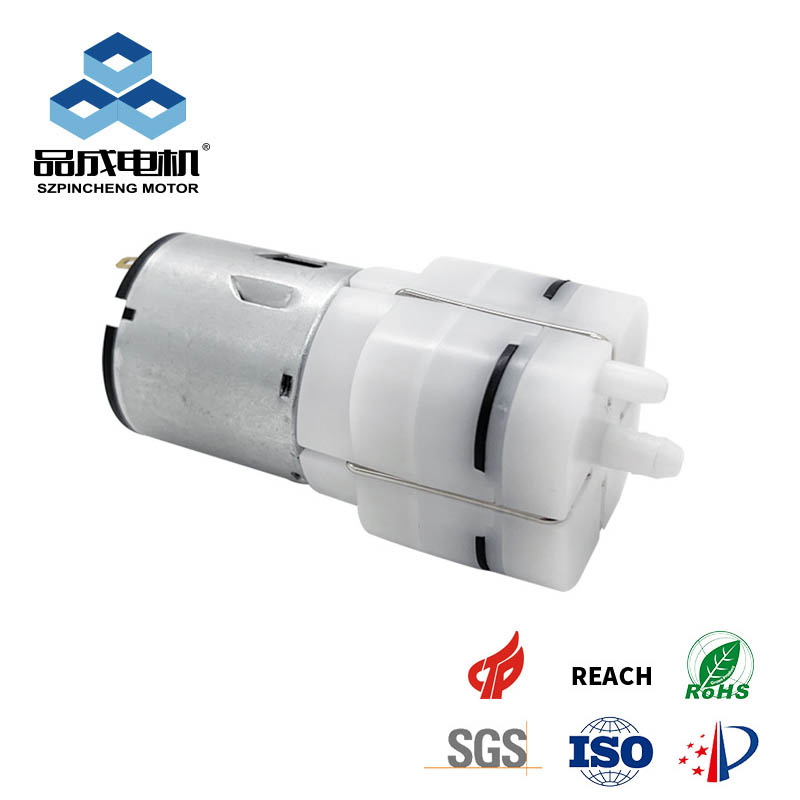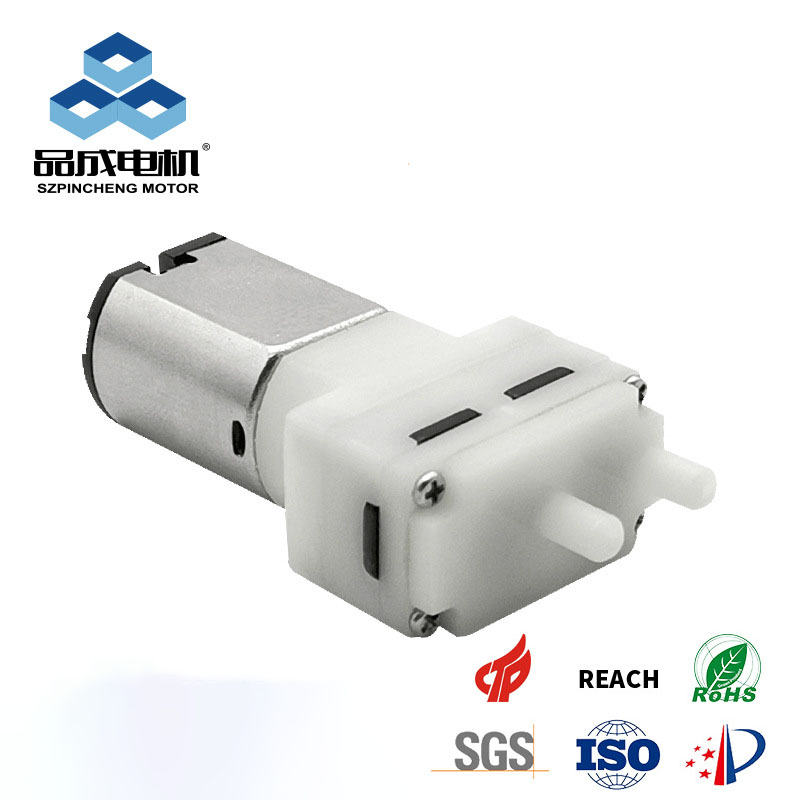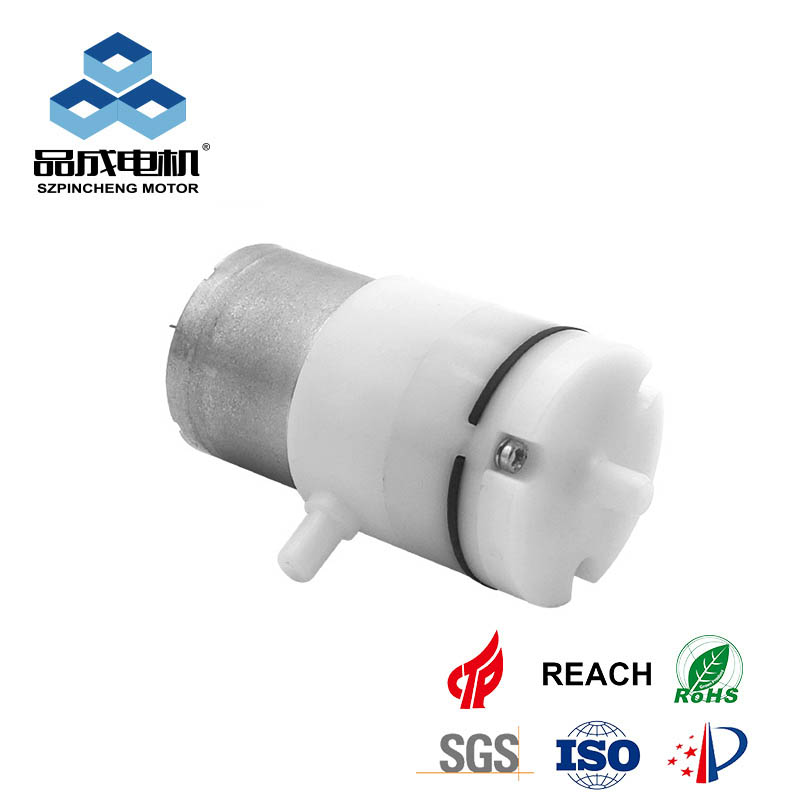System Planning and Requirements Analysis
Defining Performance Specifications
Before selecting your micro vacuum pump, clearly define the system requirements. Determine the necessary vacuum level, measured in inches of mercury (in-Hg) or kilopascals (kPa), and the required flow rate for your specific application. Consider whether the system will operate continuously or intermittently, as this affects both pump selection and thermal management design. For low power vacuum pump systems, pay particular attention to the relationship between performance requirements and power consumption constraints.
Environmental and Space Considerations
Assess the operating environment, including ambient temperature ranges, potential contaminants, and available space. The compact nature of DC vacuum pump systems makes them suitable for space-constrained applications, but adequate ventilation must be maintained to prevent overheating. Consider the orientation requirements specified by the manufacturer, as some 12v vacuum pump models have specific mounting position limitations for optimal performance.
Component Selection and Sourcing
Choosing the Right Micro Vacuum Pump
Select a pump that matches your vacuum and flow requirements while considering power availability. For portable applications, a low power vacuum pump operating from battery power may be necessary, while stationary systems might utilize higher-performance DC vacuum pump units. Evaluate the pump's materials for compatibility with your application environment, particularly if the system will handle aggressive chemicals or operate in humid conditions.
Supporting Components and Accessories
Beyond the primary micro vacuum pump, several additional components are typically required. Vacuum reservoirs help maintain stable pressure in intermittent applications, while check valves prevent backflow when multiple pumps are used or when the system shuts down. Pressure switches or transducers provide control feedback, and filters protect the pump from contaminants. For 12v vacuum pump systems, ensure all electrical components are rated for the appropriate voltage and current.
Mechanical Assembly and Integration
Structural Framework Design
Create a stable mechanical framework that properly supports all system components. The mounting system should isolate the micro vacuum pump from vibration-sensitive equipment while providing easy access for maintenance. Use appropriate vibration damping materials between the pump and mounting surface, particularly for DC vacuum pump installations in sensitive laboratory or medical equipment. Ensure the overall assembly maintains proper alignment of all connected components.
Tubing and Connection Systems
Select tubing materials compatible with both the vacuum environment and any chemicals present in the application. Use tubing with appropriate wall thickness to prevent collapse under vacuum while maintaining flexibility for routing. Implement proper connection methods such as barbed fittings with hose clamps or compression fittings for higher-performance systems. When building with 12v vacuum pump components, pay attention to port sizes and threading to ensure leak-free connections.
Electrical System Implementation
Power Supply and Distribution
Design an appropriate power supply system for your micro vacuum pump. For DC vacuum pump installations, ensure the power supply can deliver sufficient current with minimal voltage drop. Incorporate proper circuit protection including fuses or breakers sized for the pump's maximum current draw. Consider implementing soft-start circuits for larger low power vacuum pump systems to reduce inrush current and extend component life.
Control System Integration
Develop a control strategy matching your application needs. Simple systems might use a manual switch, while automated applications may require microcontroller-based control with feedback from pressure sensors. For 12v vacuum pump systems requiring precise vacuum control, implement pulse-width modulation (PWM) speed control or solenoid valve actuation. Include appropriate status indicators and safety interlocks based on the criticality of the application.
System Testing and Validation
Leak Testing and Performance Verification
After assembly, conduct thorough leak testing to ensure system integrity. Pressurize the system and monitor pressure decay, or use a leak detection fluid to identify leaking connections. Once integrity is confirmed, measure the system's performance against your original specifications. For micro vacuum pump systems, verify both the ultimate vacuum level and the time required to reach target vacuum levels with the actual workload connected.
Operational Reliability Assessment
Test the system under realistic operating conditions, including worst-case scenarios. Monitor temperature rise during extended operation to ensure adequate thermal management. For DC vacuum pump installations in critical applications, conduct accelerated life testing if possible. Document all test results for future reference and troubleshooting purposes.
Optimization and Fine-Tuning
Performance Enhancement Strategies
Once basic functionality is confirmed, optimize the system for efficiency and performance. Adjust control parameters to minimize power consumption while maintaining adequate performance. For low power vacuum pump systems, consider implementing duty cycling if continuous operation isn't required. Fine-tune reservoir sizes and tubing lengths to balance response time against stability based on your specific application needs.
Noise and Vibration Reduction
Address any noise or vibration issues through mechanical isolation and system tuning. Ensure all components are securely mounted while using appropriate vibration damping materials. For particularly sensitive 12v vacuum pump applications, consider adding mufflers or acoustic enclosures while maintaining adequate ventilation for heat dissipation.
Maintenance and Operational Considerations
Preventive Maintenance Planning
Develop a maintenance schedule based on the manufacturer's recommendations and your specific operating conditions. For micro vacuum pump systems, this typically includes regular filter changes, inspection of tubing and connections, and verification of performance metrics. Keep detailed maintenance records to identify trends and anticipate component failures before they occur.
Troubleshooting and Diagnostic Procedures
Establish systematic troubleshooting procedures for common issues such as failure to achieve vacuum, slow pump-down times, or unusual noise. Create diagnostic checklists that technicians can follow to quickly identify and resolve problems. For complex DC vacuum pump systems, consider implementing remote monitoring capabilities to track system performance and identify developing issues.
Safety Considerations and Compliance
Risk Assessment and Mitigation
Identify potential hazards associated with your vacuum system, including electrical risks, implosion hazards from vacuum viewports or containers, and pinch points in mechanical components. Implement appropriate safeguards such as protective shielding, emergency stop circuits, and warning labels. For 12v vacuum pump systems in consumer or medical applications, ensure compliance with relevant safety standards and regulations.
Operator Training and Documentation
Provide comprehensive documentation including system operating procedures, maintenance instructions, and safety guidelines. Train operators on proper system use and emergency procedures. For complex low power vacuum pump installations, consider creating simplified quick-start guides alongside detailed technical manuals for different user groups.
Advanced Applications and Customization
Specialized System Configurations
Explore advanced configurations for specific applications. Multi-stage systems using several micro vacuum pump units can provide higher vacuum levels or redundancy. Hybrid systems combining different pump technologies can optimize performance across varying pressure ranges. For unique applications, custom modifications to standard DC vacuum pump configurations may be necessary to meet specific requirements.
Integration with Other Systems
Consider how your vacuum system will interface with other equipment or processes. For automated manufacturing applications, 12v vacuum pump systems may need to integrate with PLC controls and factory networks. Laboratory systems might require data logging capabilities or integration with experimental apparatus. Plan these interfaces during the design phase to ensure seamless operation.
you like also all
Read More News
Post time: Oct-09-2025




